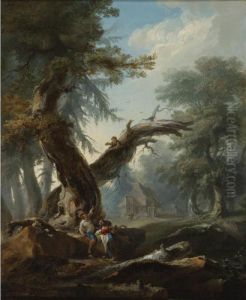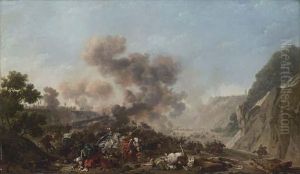Nicolas Antoine Taunay Paintings
Nicolas Antoine Taunay was a French painter born on February 10, 1755, in Paris. He was part of a family with a rich artistic background; his father was also a painter. Taunay was a student of the prestigious École de l'Académie Royale de Peinture et de Sculpture in Paris where he studied under renowned artists such as Nicolas-Bernard Lépicié and Francesco Casanova. He specialized in landscape painting, although he was also adept at historical scenes and portraiture.
Taunay's early work was influenced by the Barbizon school, which emphasized natural landscapes painted en plein air, but his style later evolved. He garnered attention and accolades for his work at a young age, winning a prize from the Académie Royale de Peinture et de Sculpture in 1784, which furthered his reputation as a skilled landscape painter.
During the turbulent times of the French Revolution, Taunay's career faced challenges, but he adapted by taking on different projects, including painting for the French government. In 1805, he was appointed a member of the Institut de France, a significant acknowledgment of his contributions to French art.
One of the most significant chapters in Taunay's life was his involvement with the French Artistic Mission to Brazil, an initiative led by the Portuguese Prince Regent Dom João VI. In 1816, Taunay, along with a group of French artists and artisans, traveled to Brazil to promote arts and crafts and to establish an art school, which later became the Academia Imperial de Belas Artes (Imperial Academy of Fine Arts). His work in Brazil produced many landscapes that recorded the Brazilian environment and society, which remain important historical and artistic documents of the period.
After spending almost a decade in Brazil, Taunay returned to France in 1821. Back home, he continued to paint and exhibit his work. He also played a role in educating future artists as a teacher, passing on his knowledge and techniques.
Nicolas Antoine Taunay passed away on March 20, 1830, in Paris. His legacy as a landscape painter is marked by his contributions to the arts both in France and Brazil. His works are held in various collections and museums around the world, reflecting his lasting influence on the art world.
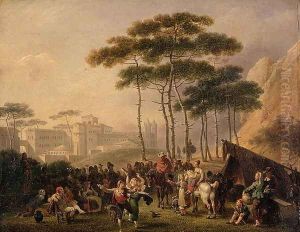
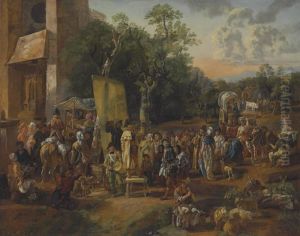
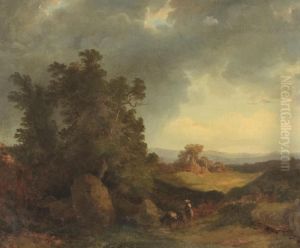
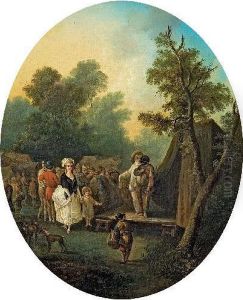
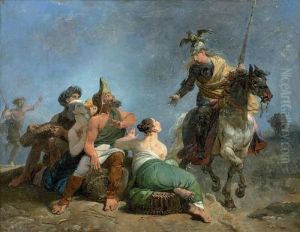
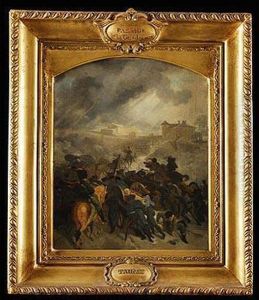
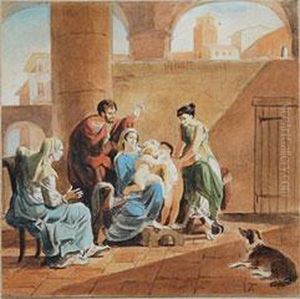
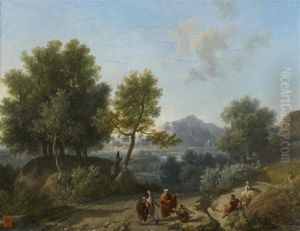
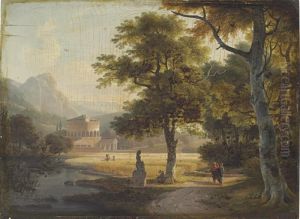
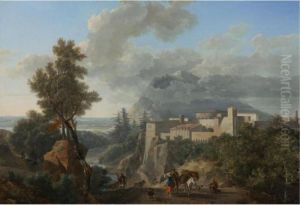
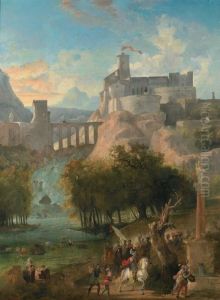
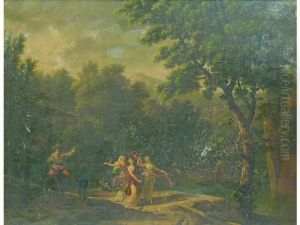
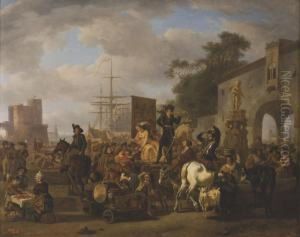
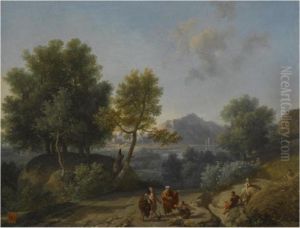
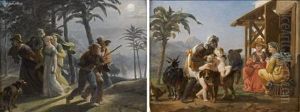
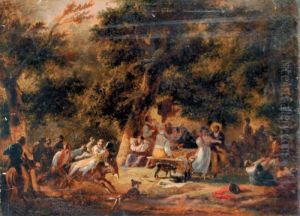
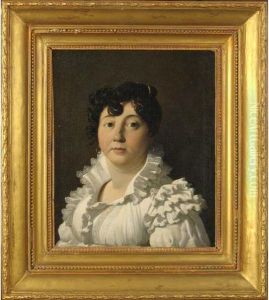
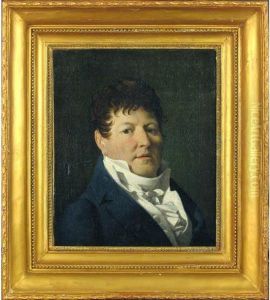
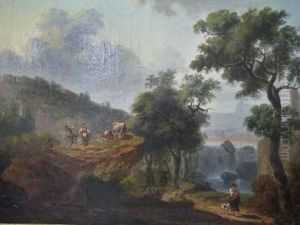
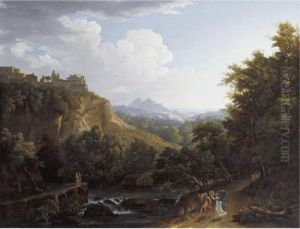
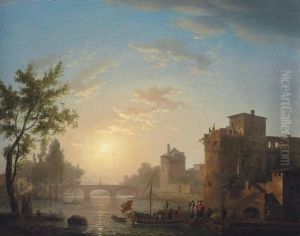
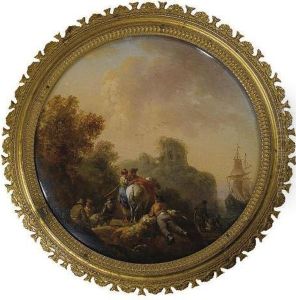
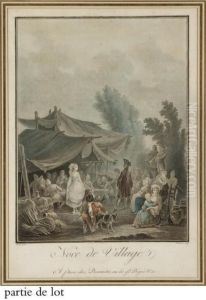
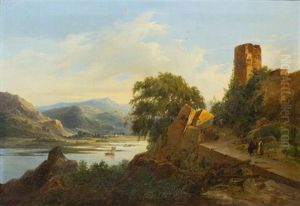
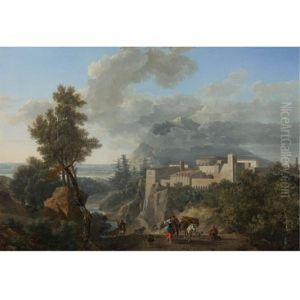
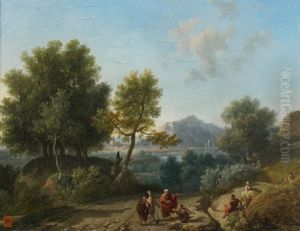

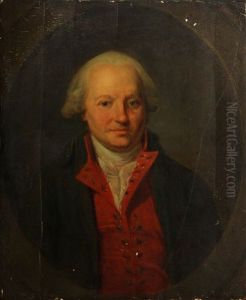
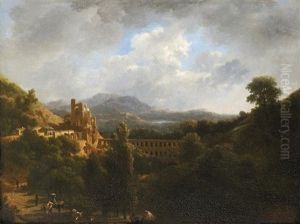
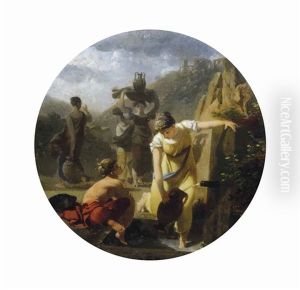
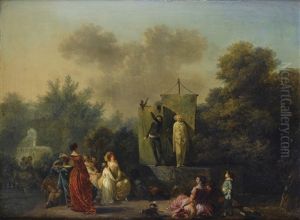
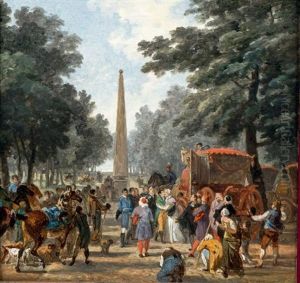
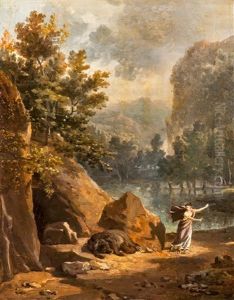
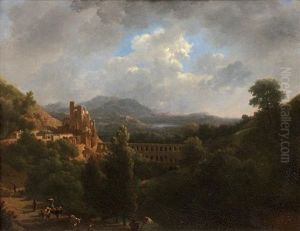
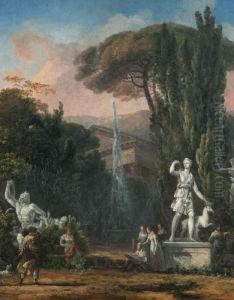
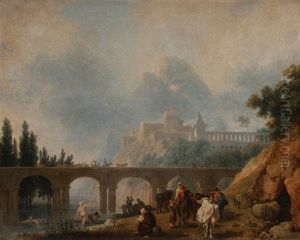
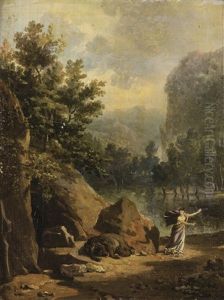
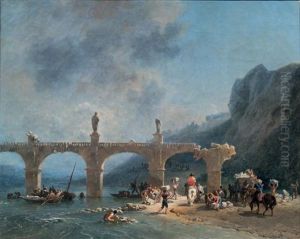
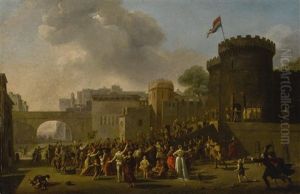
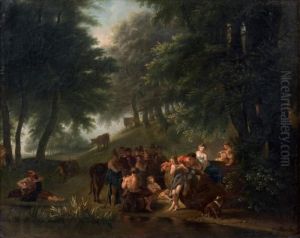
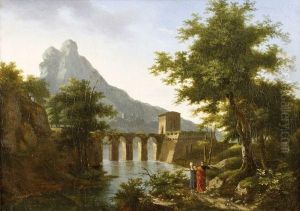
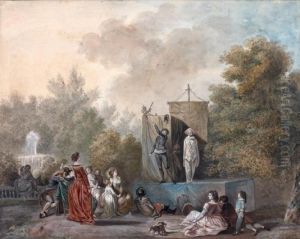
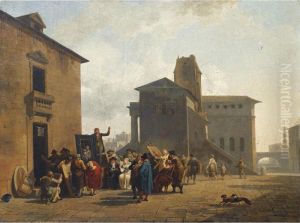
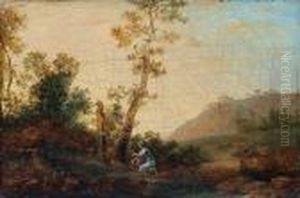
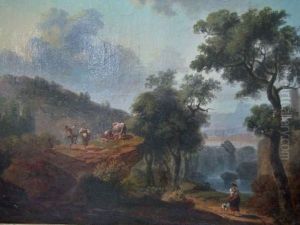
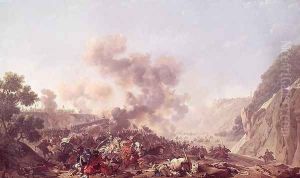
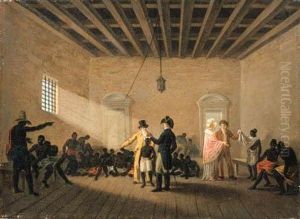
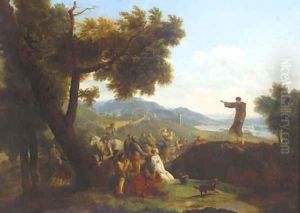
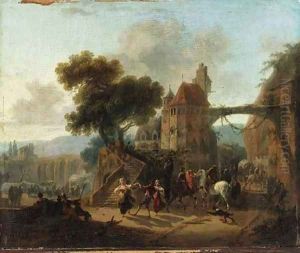
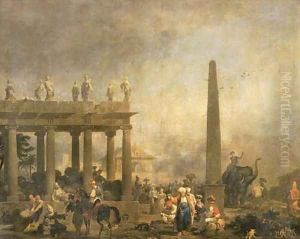
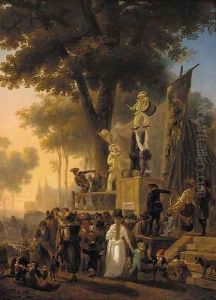
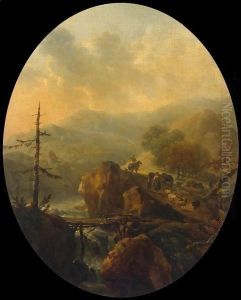
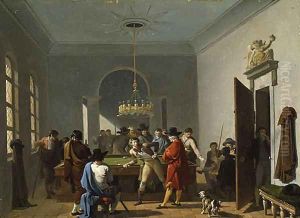
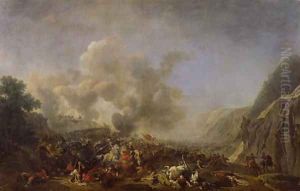
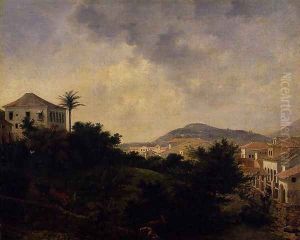
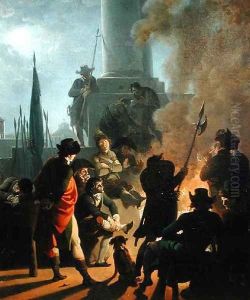
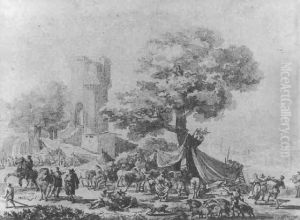
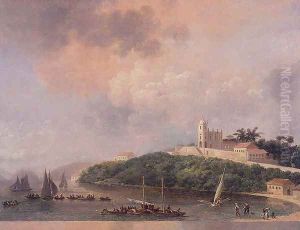
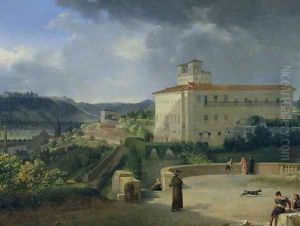
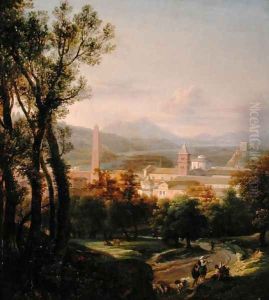
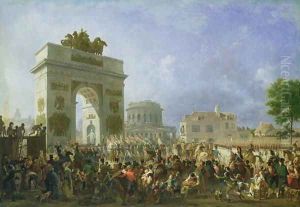
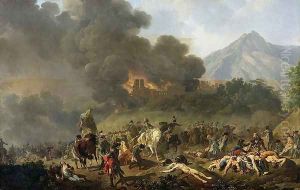
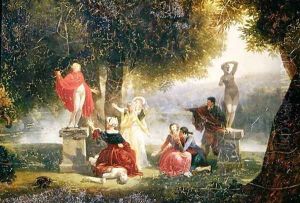
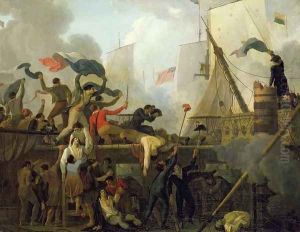
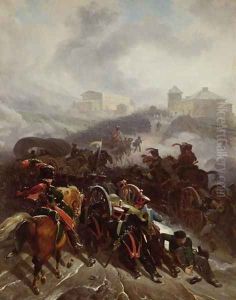
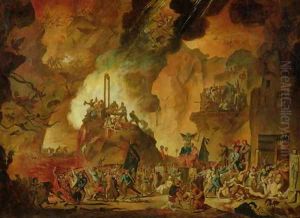
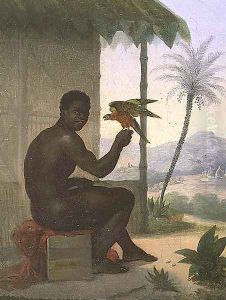
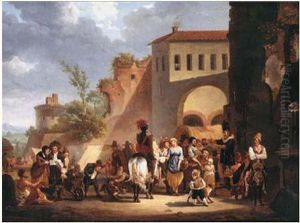
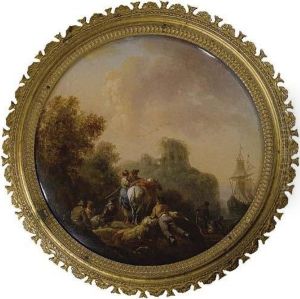
![Paysage Italien Avec Des
Promeneurs Sur Un Chemin [attributed To Nicolas-antoine Taunay ; Italian
Landscape With Travellers On A Path ; Oil On Canvas]](https://www.niceartgallery.com/imgs/1637954/s/nicolas-antoine-taunay-paysage-italien-avec-des-promeneurs-sur-un-chemin-attributed-to-nicolasantoine-taunay-italian-landscape-with-travellers-on-a-path-oil-on-canvas-64f2d06c.jpg)
